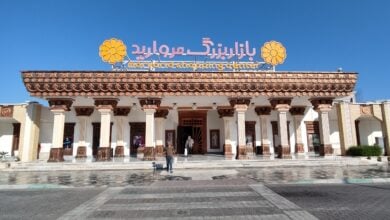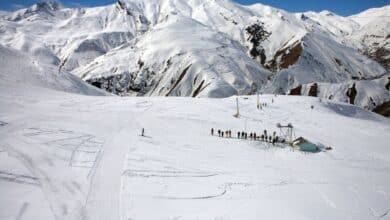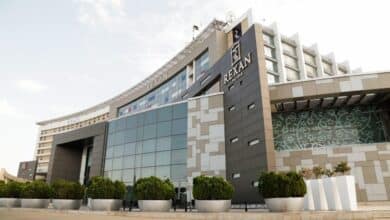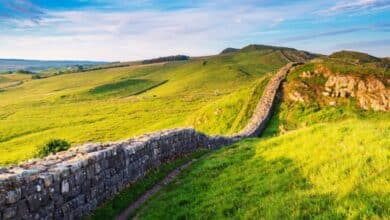Tehran Metro Map: Your Guide to Easy Travel
Top Metro Stops for Tehran’s Best Attractions
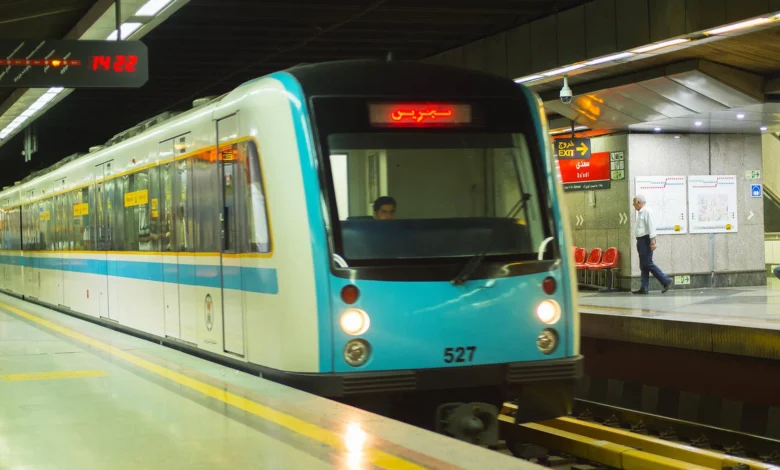
Picture yourself weaving through Tehran, Iran’s bustling capital, where over eight million people create a symphony of movement daily. For first-time travelers, the city’s energy can feel overwhelming—traffic jams, crowded streets, and endless destinations.
Enter the Tehran Metro, your key to exploring this vibrant metropolis efficiently and affordably. With seven lines, three branches, and a network spanning over 250 kilometers, the metro connects iconic landmarks, bustling markets, and serene parks.
This guide breaks down the 2025 Tehran Metro map, highlights new stations, and shares tips to make your journey seamless, whether you’re visiting Tajrish Bazaar or commuting to work.

Contents
Why the Tehran Metro Matters
Tehran isn’t just Iran’s political heart—it’s a cultural hub drawing millions to sites like Golestan Palace, Milad Tower, and Azadi Square. Driving here? Brace for gridlock. The metro, however, cuts through the chaos, offering a budget-friendly, traffic-free alternative. Each day, it ferries over three million passengers, easing urban congestion and connecting neighborhoods from Tajrish to Kahrizak. For travelers, it’s a lifeline to Tehran’s soul—historic, modern, and endlessly diverse.
Tehran Metro Map
A Growing Network for a Growing City
Since its launch in 1999, the Tehran Metro has expanded rapidly. By April 2025, it boasts 149 stations, with plans for further growth. Recent additions, like stations in Prand and Shahr-e Ziba, reflect the city’s commitment to accessibility. Curious about what’s new? Let’s explore the latest updates to the metro map.
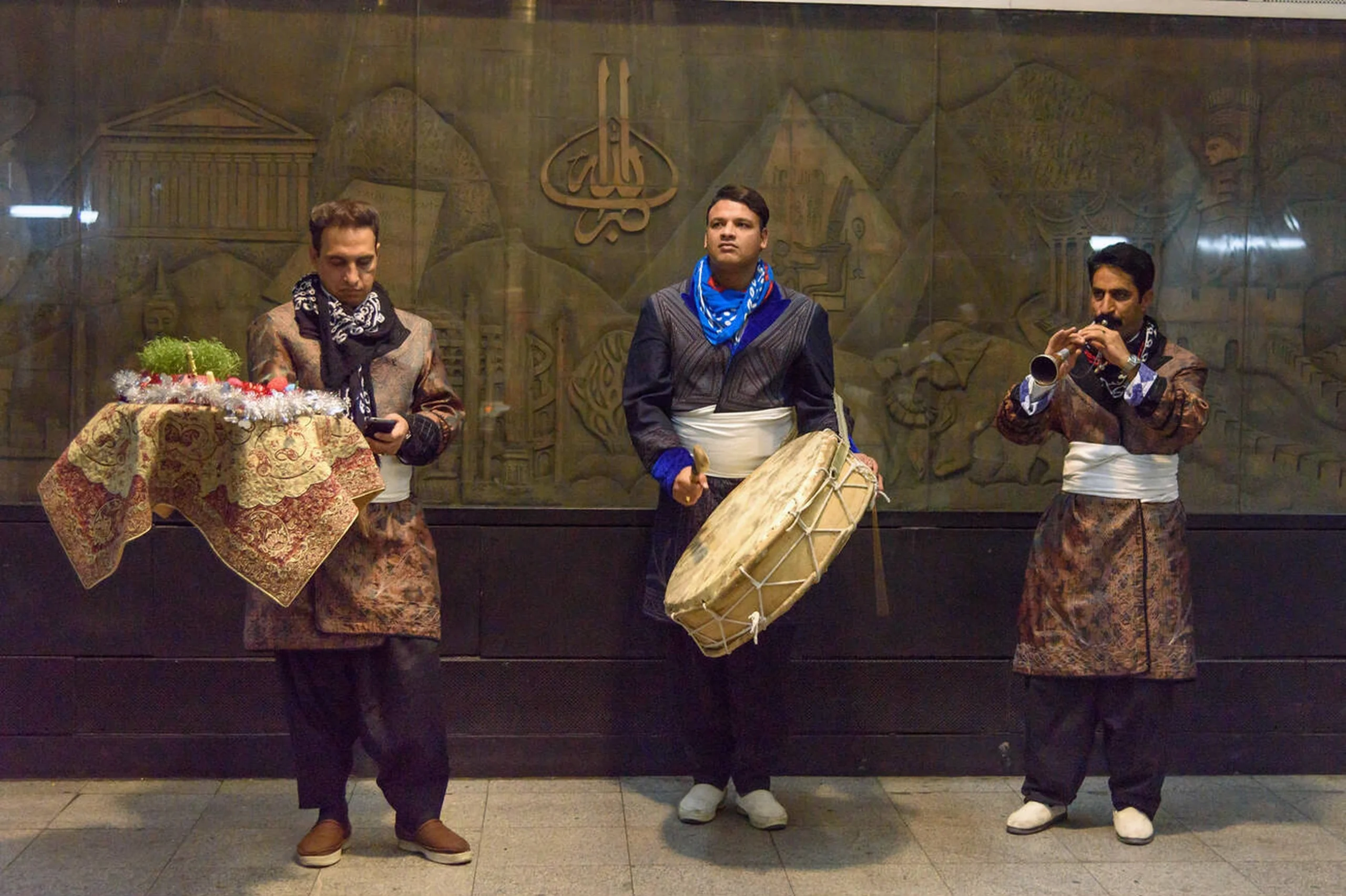
New Stations Opened in 2023–2024
Tehran’s metro keeps evolving to serve its sprawling population. Here are the standout stations added recently, perfect for planning your 2025 travels:
Briyank Station (Line 7) – Third Entrance
Located on Navvab Safavi Highway, this station straddles Districts 10 and 11. Its four elevators ensure easy access for those with mobility challenges. From here, reach Briyank Street or Qazvin Bridge effortlessly. It’s a practical stop for exploring local neighborhoods.
Shahid Dadman Station (Line 7) – Second Entrance
Situated near Atiyeh Hospital at the Paknejad Boulevard and Dadman Boulevard intersection, this station offers four escalators for smooth transfers. It’s ideal for professionals visiting nearby offices or medical facilities.

Source: Zoonar GmbH / Alamy Stock Photo Photo by: Mohammad Nouri
Prand Station (Line 1)
The southernmost stop on Line 1, Prand Station lies near Imam Khomeini International Airport along the Tehran-Saveh Freeway. It’s a game-changer for travelers heading to or from this satellite city, offering quick airport access.
Shahr-e Ziba Station (Line 6)
Nestled by Bakri Highway in Child Square, this station features six elevators and six escalators. It’s a gateway to northwest Tehran, connecting to residential and recreational areas.
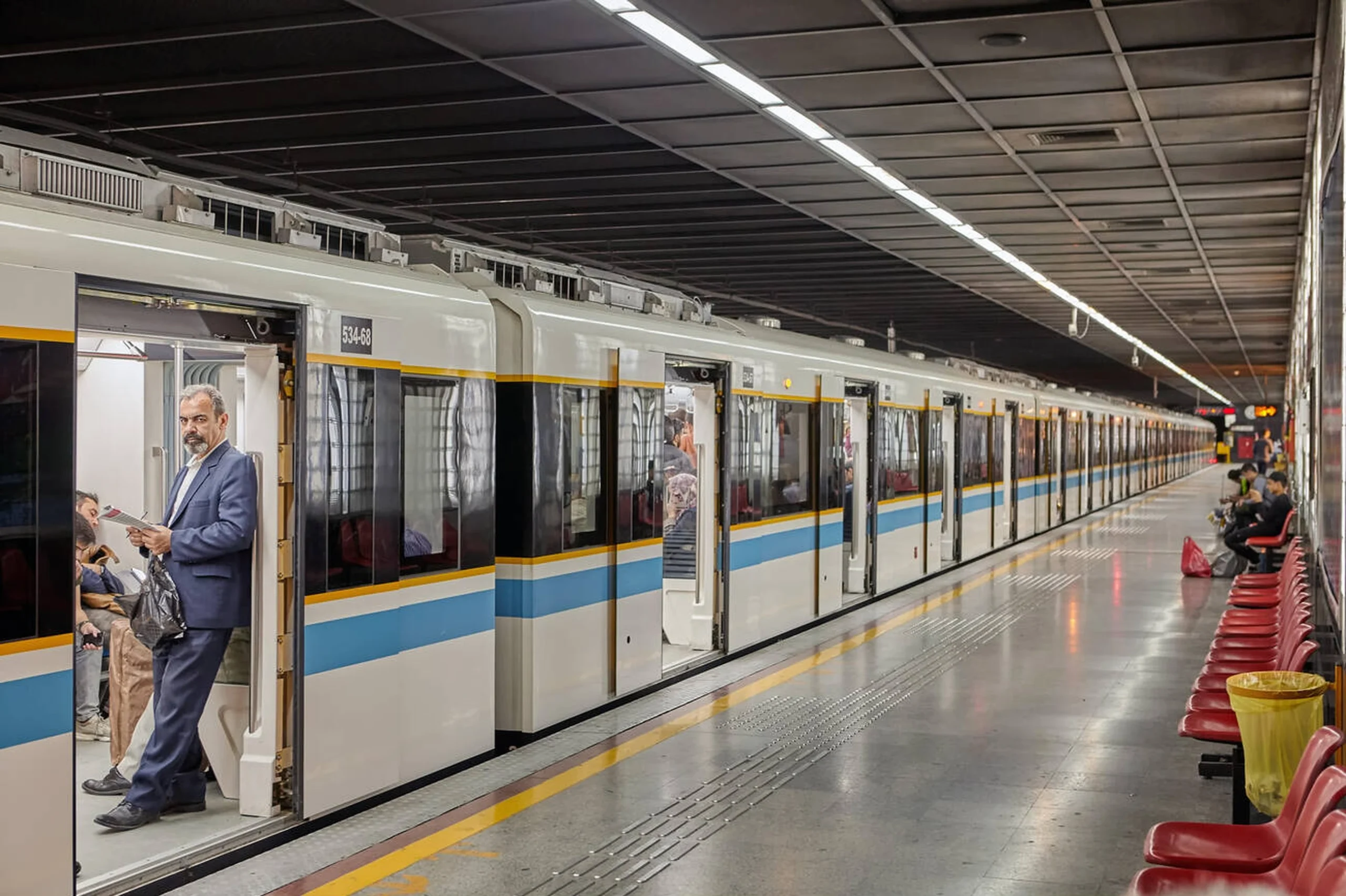
Shahran Station (Line 6)
Found at the start of Kouhsar Boulevard near Hemat Highway, Shahran boasts eight escalators and six elevators. It’s perfect for accessing Shahran’s community vibes and nearby green spaces.
Shahid Arman Ali Verdi (Kouhsar) Station (Line 6)
Located along Kouhsar Boulevard toward Sulqan, this station offers eight escalators and four elevators. It’s a convenient stop for exploring Tehran’s northern outskirts.
Understanding the Tehran Metro Map
The 2025 Tehran Metro map is your roadmap to the city. With seven main lines and three branches, it covers Tehran’s core and suburbs. Lines intersect at key hubs like Imam Khomeini Square, making transfers a breeze.
Central areas, where traffic peaks, host denser station clusters, while outer lines reach places like Karaj and Golshahr. Maps are posted in every station and most train cars, though some may not yet reflect 2024 additions. For the latest version, check online or grab a pocket map at ticket counters.
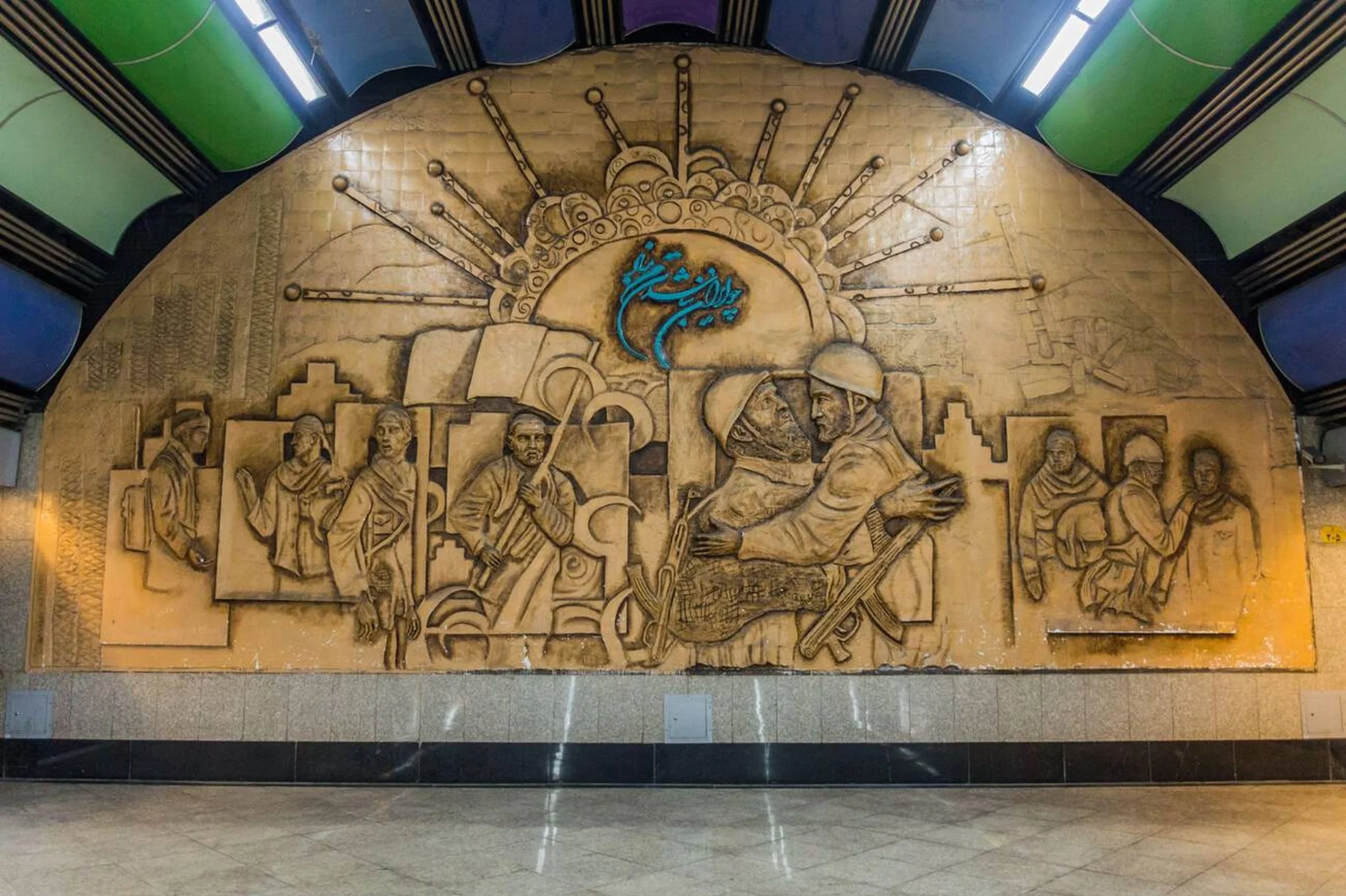
Line-by-Line Breakdown
- Line 1 (Tajrish–Kahrizak): North-south, linking Tajrish Bazaar to southern suburbs. Key stops: Shahid Beheshti, Imam Khomeini.
- Line 2 (Sadeghiyeh–Farhangsara): East-west, connecting Sadeghiyeh to Tehranpars. Must-visit: Imam Hossein Square.
- Line 3 (Azadegan–Shahrak-e Ghaem): A diagonal route serving Azadi Stadium and northern hills.
- Line 4 (Kolahdooz–Eram Sabz): East-west, ideal for Park-e Laleh and Eram Park.
- Line 5 (Sadeghiyeh–Golshahr): Extends to Karaj, great for commuters.
- Line 6 (Dowlatabad–Imam Hossein): Newer line hitting northwest gems like Shahr-e Ziba.
- Line 7 (Basij–Sanat): Covers south to north, including Milad Tower.
Getting Around: Tickets and Fares
The Tehran Metro keeps costs low, making it a traveler’s dream. A single ride in 2025 costs around 15,000 IRR (roughly $0.03 USD), with discounts for multi-use cards. Here’s how to pay:
Ticket Options
- Smart Cards: Rechargeable cards valid for metro and BRT buses. Tap at gates to enter. Buy at station booths for about 50,000 IRR, then top up as needed.
- EasyPay Cards: Compact, similar to smart cards, perfect for frequent riders. Charge via station machines or bank cards.
- QR Code Tickets: One-time paper tickets from POS devices at counters. Quick and disposable, ideal for tourists.
Pro tip: Get a smart card if you’re staying a few days—it’s cheaper and works across lines. Charge it at stations using cash or cards. For schedules and fares, visit OrientTrips’ Tehran transport page.
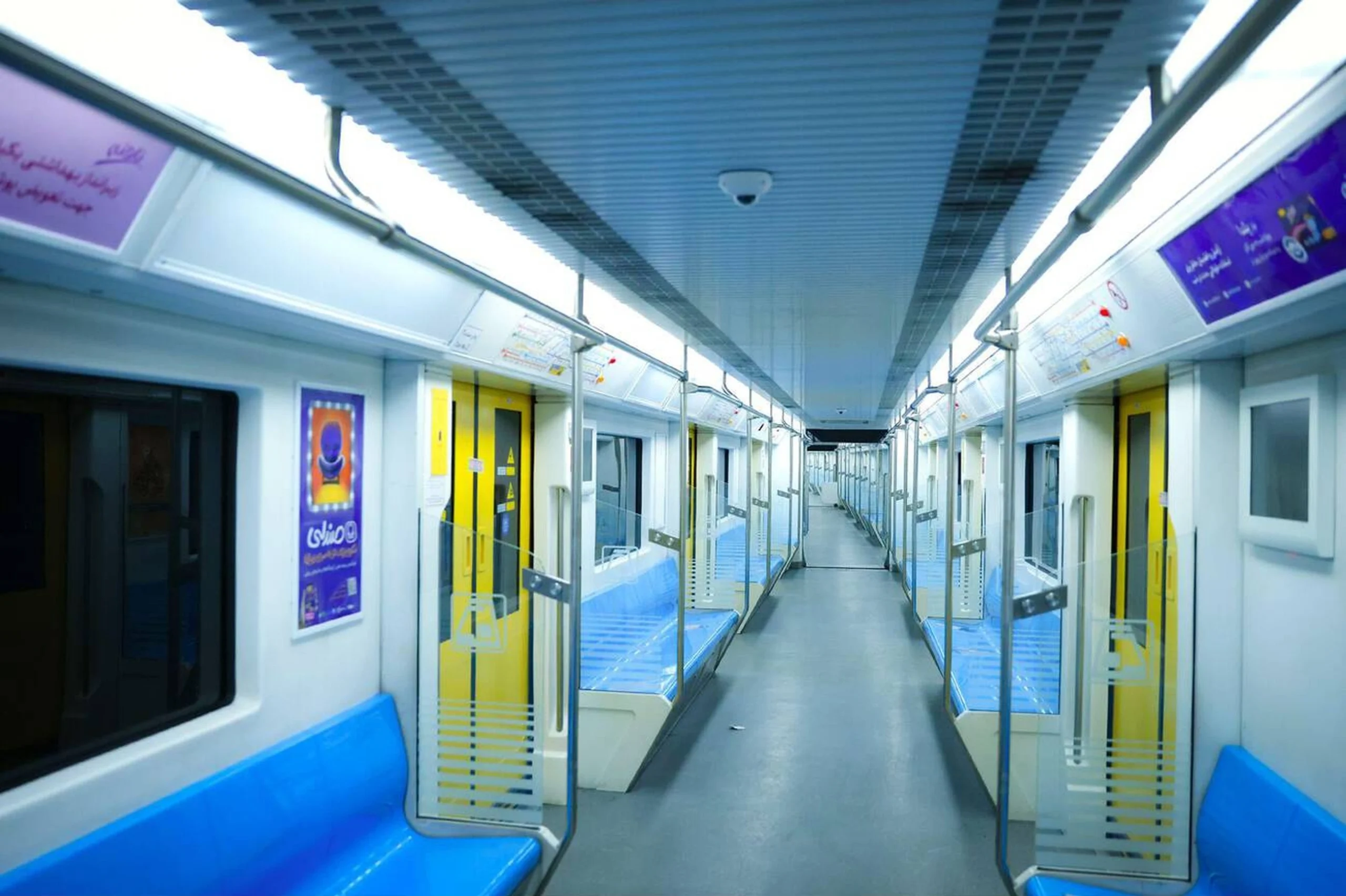
Metro Stations for Tourists
Tehran’s metro puts iconic attractions at your fingertips. Here’s a curated list of stations near must-see spots:
Line 1
- Imam Khomeini: Steps from Park-e Shahr, Grand Bazaar, and Ubrat Museum.
- Panzdah-e Khordad: Walk to Golestan Palace, a UNESCO gem.
- Tajrish: Near Sa’dabad Palace, Imamzadeh Saleh, and Tajrish Bazaar.
Line 2
- Imam Hossein: Close to Imam Hossein Square and vibrant local markets.
- Tehranpars: Access Lavizan Forest Park for a nature escape.
Line 4
- Taleqani: Stroll to Artists’ Park and its cozy cafes.
- Ferdowsi: Near House of Artists and literary haunts.
- Theater-e Shahr: Catch a show at Tehran City Theater or Vahdat Hall.
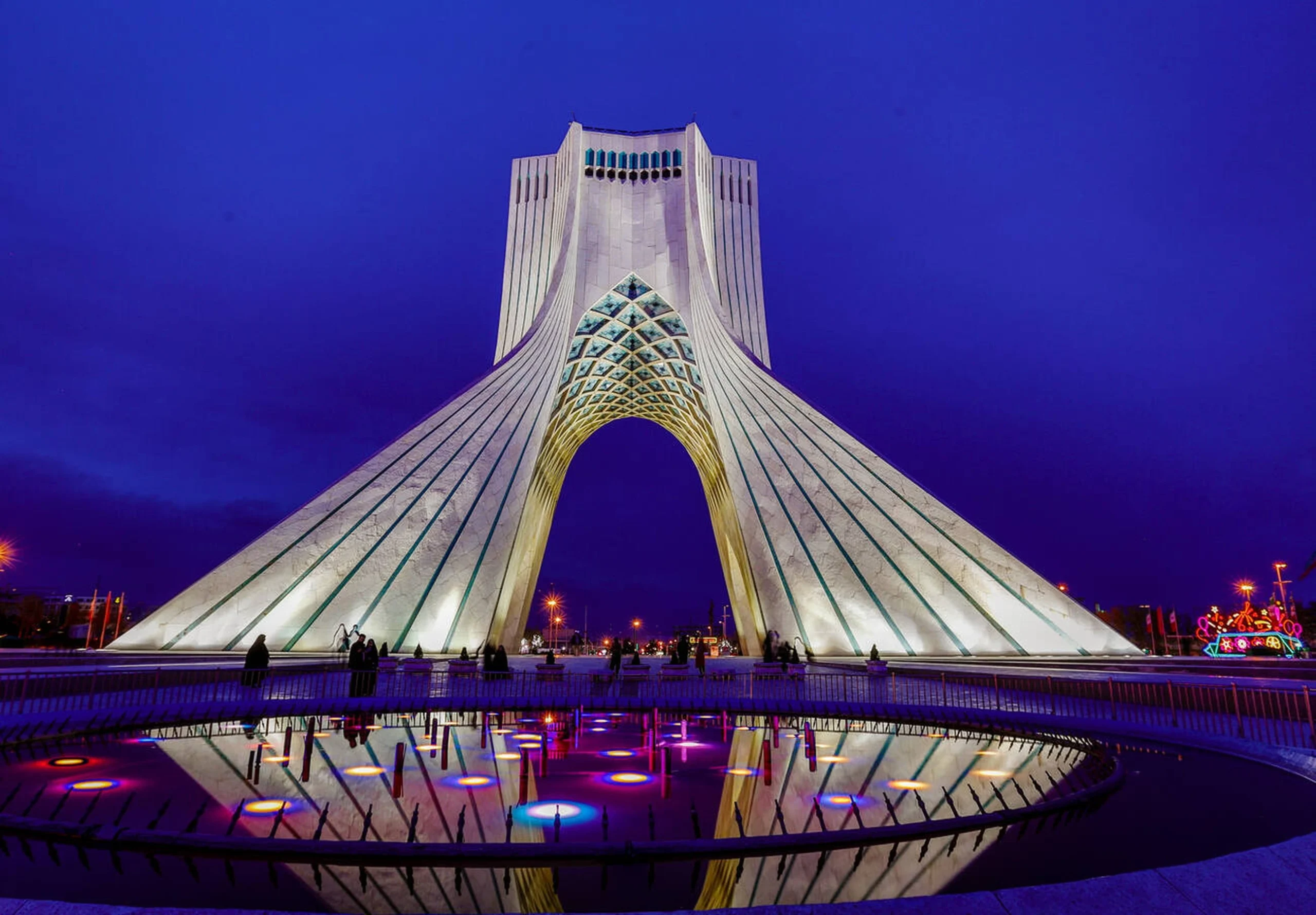
Line 5
- Azadi: Marvel at Azadi Tower, Tehran’s iconic landmark.
- Chitgar: Explore Bam-e Land, Chitgar Lake, and Chitgar Park.
- Eram Sabz: Your stop for Eram Park, home to a zoo and amusement rides.
Line 6
- Haft-e Tir: Links to cultural hubs and dining spots.
- Shohada-ye Haftom-e Tir: Near historic sites and museums.
Line 7
- Milad Tower: Visit Tehran’s tallest structure for panoramic views.
- Meydan-e Mohammadiyeh: Connects to bustling southern districts.
For a cultural deep-dive, book a guided tour via OrientTrips’ experiences.
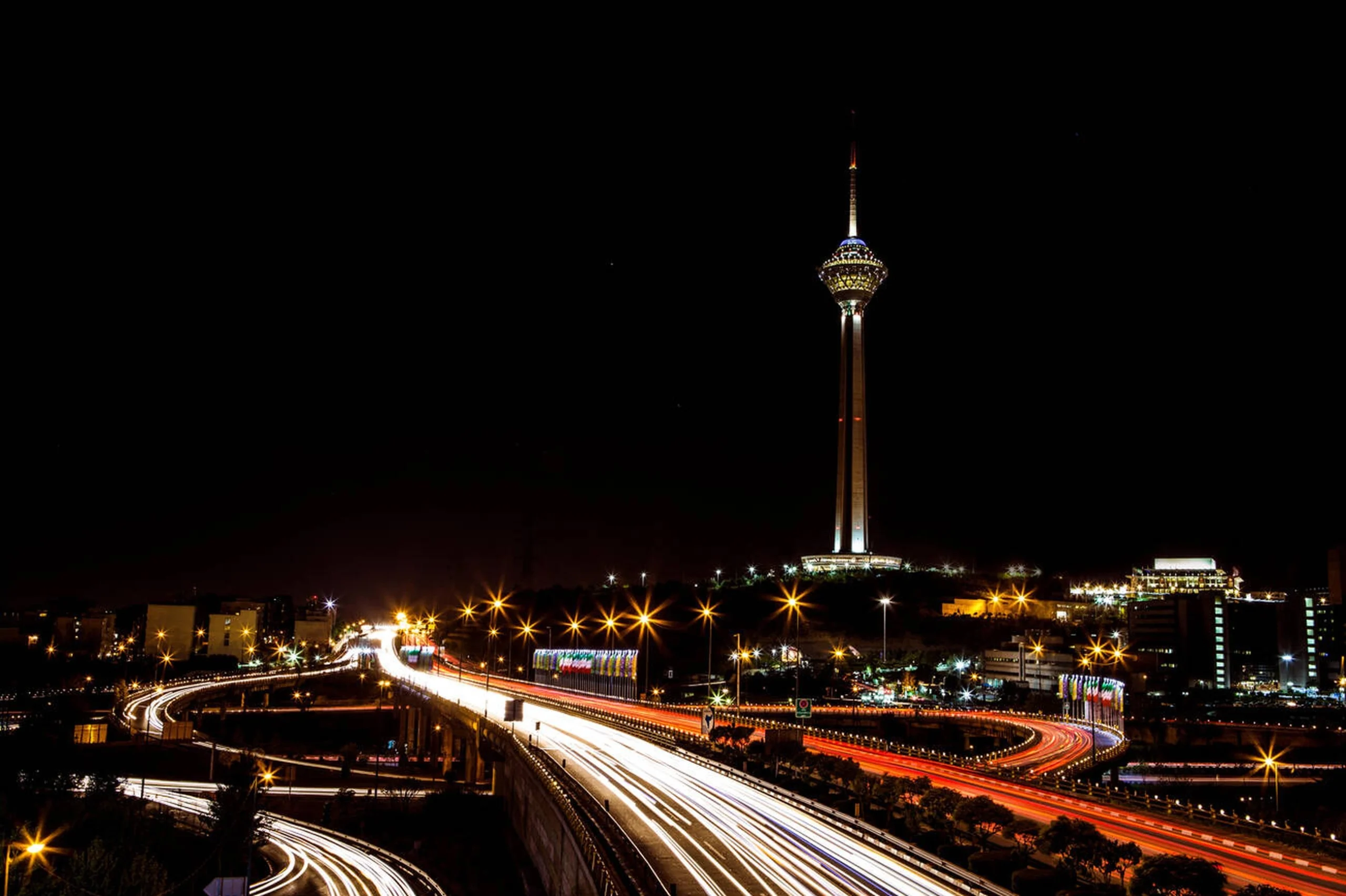
Spotlight: Getting to Eram Park
Eram Park, Tehran’s beloved recreational hub, sits at kilometer 4 of the Tehran-Karaj Highway. With its zoo, amusement rides, and green spaces, it’s a family favorite. Skip the traffic—here’s how the metro gets you there:
Closest Station: Eram Sabz
- Lines: 4 (Kolahdooz–Eram Sabz) and 5 (Sadeghiyeh–Golshahr).
- Access: Exit at Eram Sabz (also called Ekbattan). The park’s entrance is a short walk or taxi ride away.
- Why It’s Great: No road congestion, plus escalators and elevators for easy navigation.
Park Hours
- Amusement Park: Non-holidays, 5:30 PM–1:00 AM; holidays, 1:00 PM–8:00 PM.
- Zoo: Daily, 9:30 AM–8:00 PM (holidays, 10:00 AM–8:00 PM).
- Boating: 10:00 AM–5:00 PM daily.
Plan a full day—ride rollercoasters, visit animals, or relax by the lake. Book bus or train connections to Tehran via OrientTrips’ bus or train pages if you’re coming from afar.

Accessibility for All
The Tehran Metro prioritizes inclusivity, with stations designed for wheelchair users, visually impaired travelers, and others. Features include elevators, tactile paths, and braille signage. Here’s a line-by-line look at accessible stations:
Line 1
- Dr. Shariati, Shahid Beheshti, Meydan-e Mohammadiyeh, Shoush, City of Rey, Imam Khomeini Airport.
Line 2
- Sadeghiyeh, Towhid, Imam Khomeini, Shahid Madani, Elm-o-Sanat University.
Line 3
- Shahid Beheshti.
Line 4
- Shadman, Eram Sabz.

Line 5
- Sadeghiyeh, Eram Sabz, Azadi Stadium, Chitgar, Karaj, Golshahr.
Line 6
- Shohada-ye Haftom-e Tir, Imam Hossein.
Line 7
- Milad Tower, Meydan-e Mohammadiyeh, Basij.
Elevator types vary: some link streets to platforms, others connect ticket halls to trains. For visually impaired travelers, tactile paths guide you safely. Accessibility is expanding, so check updates at stations or online.
Tips for First-Time Riders
New to the Tehran Metro? Here’s how to ride like a local:
- Buy a Smart Card: Save time and money over single tickets.
- Check Peak Hours: Avoid 7–9 AM and 4–7 PM for a calmer ride.
- Dress Modestly: Respect local norms, especially in women-only cars.
- Use Apps: Download metro apps or use OrientTrips for live schedules.
- Carry Cash: Some ticket booths don’t accept cards.
- Learn Key Stations: Memorize hubs like Sadeghiyeh or Imam Khomeini for transfers.
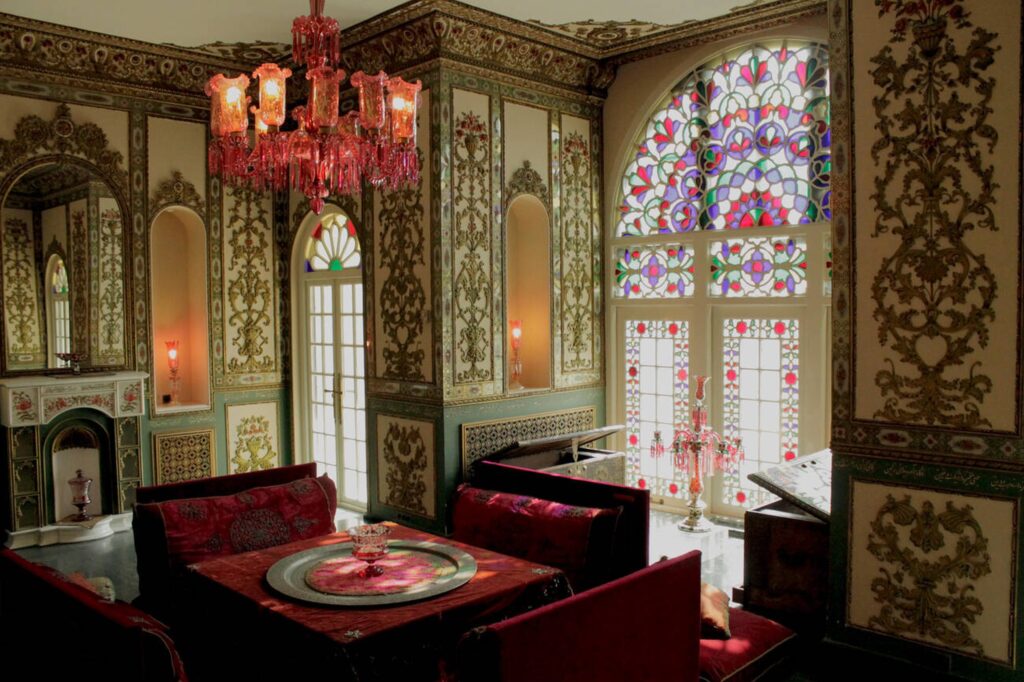
Why Choose the Metro?
Tehran’s metro isn’t just transport—it’s a window into the city’s pulse. It saves you from traffic, keeps costs down, and links you to bazaars, museums, and parks. Whether you’re chasing history at Niavaran Palace or unwinding at Mellat Park, the metro gets you there fast. For first-timers, it’s a welcoming system with clear maps and helpful staff. So, grab a ticket, hop on, and let Tehran’s story unfold beneath its streets.
